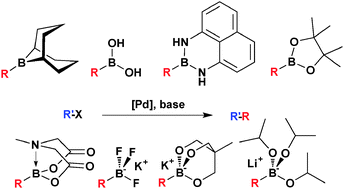Citrus reticulata, Orange
Studies of Removal of Indigo Caramine Dye from Water by Formaldehyde and Urea Treated Cellulosic Waste of Citrus reticulata Peels
Asian J. Chem., 2014, 26(1), pp 43-47 | DOI:10.14233/ajchem.2014.15305
Rabia Rehman*, Javaria Zafar and Hina Nisar
*Corresponding author: Fax: +92 42 99230998;
Tel: +92 42 99230463, Ext: 870; E-mail: grinorganic@yahoo.com
The Citrus reticulata (orange) peels has been employed as adsorbents for removing inorganic and organic pollutants from wastewater extensively due to its low cost and eco-friendly nature. This research work concerns with the study of comparative removal of Indigo carmine dye from water using simple, formaldehyde and urea treated Citrus reticulata peels. The effect of adsorption parameters were investigated and maximum sorption capacity was obtained from Langmuir isotherm model at optimized conditions, i.e.: 5.90, 14.79 and 71.07 mg g-1 for simple, formaldehyde treated and urea treated Citrus reticulata peels, respectively.
Feasibility of process is indicated by the values of separation factor, Gibb’s free energy and adsorption intensity ‘n’. The results of present study indicate that Citrus reticulata peels has inherited a lots of capacity for removing anthraquinone type of dyes, which can be further improved by treating with formaldehyde or urea in economical way.
Feasibility of process is indicated by the values of separation factor, Gibb’s free energy and adsorption intensity ‘n’. The results of present study indicate that Citrus reticulata peels has inherited a lots of capacity for removing anthraquinone type of dyes, which can be further improved by treating with formaldehyde or urea in economical way.
Asian Journal of Chemistry
AN INTERNATIONAL PEER REVIEWED RESEARCH JOURNAL OF CHEMISTRY
Inst of Chem Eng , Univ of punjab, Pakistan

OLD CAMPUS
http://www.pu.edu.pk/

INST OF CHEMISTRY, UNIV OF PUNJAB LAHORE PAKISTAN

University of the Punjab, Lahore, Pakistan-54590

LAHORE AT NIGHT
LAHORE FOOD STREET








 A series of organic conjugated molecules containing 2,3-benzopyridiazine and thiophene derivatives has been synthesized
A series of organic conjugated molecules containing 2,3-benzopyridiazine and thiophene derivatives has been synthesized A rhodium-based catalyst reverses regioselectivity in the production of hydrazones
A rhodium-based catalyst reverses regioselectivity in the production of hydrazones








